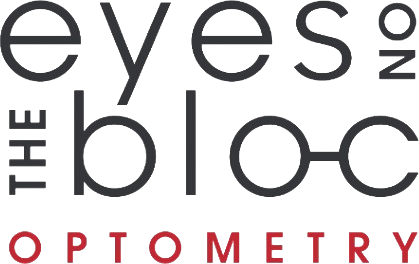Pediatric Eye Exams

Why Comprehensive Eye Exams Are Crucial for Children’s Visual Development
A comprehensive eye exam is essential for children because vision plays a critical role in their overall development, learning, and well-being. Unlike a basic vision screening, a full eye exam assesses all aspects of visual function—including eye alignment, depth perception, focusing ability, and overall eye health.
Key reasons for early and regular eye exams include:
Early Detection of Vision Problems: Conditions like amblyopia (lazy eye), strabismus (crossed eyes), and significant refractive errors (nearsightedness, farsightedness, astigmatism) may not be obvious to parents or teachers but can impact learning and development if left uncorrected.
Support for Learning and Academic Success: Approximately 80% of learning in early childhood is visual. Vision problems can lead to difficulties with reading, writing, and attention, often being mistaken for behavioral or learning issues.
Critical Period for Visual Development: The visual system continues to develop throughout early childhood. Identifying and correcting problems during this critical period can ensure proper development and prevent long-term vision impairment.
Overall Health Assessment: Comprehensive exams can also reveal signs of systemic health conditions such as diabetes, neurological disorders, or genetic syndromes.
When to Start
The American Optometric Association recommends that children have their first comprehensive eye exam at 6 to 12 months of age, again at age 3, before entering school, and regularly thereafter.
